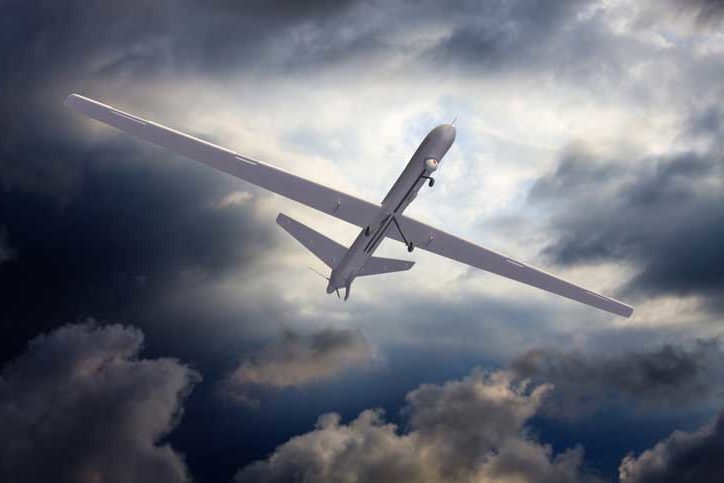New Fiber Optic Gyroscope: More Precise, Smaller than a Grain of Rice
 Engineers at the California Institute of Technology have created the world’s smallest fiber optic gyroscope to aid in navigational sensing. Five hundred times smaller than a regular gyroscope, this new gyro can fit on a grain of rice. This research breakthrough could lead to more accurate fiber optic gyros compared to mechanical units.
Engineers at the California Institute of Technology have created the world’s smallest fiber optic gyroscope to aid in navigational sensing. Five hundred times smaller than a regular gyroscope, this new gyro can fit on a grain of rice. This research breakthrough could lead to more accurate fiber optic gyros compared to mechanical units.
WHAT OPTICAL GYROS DO
Advanced fiber optic navigation technology is critical for aircraft, missiles, unmanned aerial vehicles and ground vehicles. These machines and other platforms depend on fiber optic gyroscopes to operate safely.
HOW THEY DO THEY WORK?
A fiber optic gyroscope detects changes in position or direction using the Sagnac effect. In this way, an optical gyro functions similarly to a mechanical gyro. However, the optical gyro operates by using light passing through a coil of optical fiber.
Inside a typical optical gyroscope, a spooled-up optical fiber carries pulses of laser light. Some pulses move clockwise and others go counterclockwise. The gyro measures rotation by detecting tiny changes in how these pulses arrive at a sensor. Researchers have tried to create smaller optical gyros. However, as the size of the gyro shrinks, the signals from its sensor have grown weaker until they are drowned out by “noise” from scattered light.
WHAT THE TEAM DID
The Cal Tech research team designed a low-noise, photonic gyroscope. They etched light-guiding channels onto a two-square-millimeter silicon chip. These channels guide the light in each direction around a separate circle. This layout keeps scattered light from confusing the device’s sensors. The new design also reverses the light’s direction from time to time. This change helps to cancel out much of the related “noise.”
Optical gyroscopes that use the Sagnac effect to measure rotation could eventually be miniaturized onto nano-photonic platforms. However, thermal fluctuations, component drift and fabrication mismatch often limit the signal-to-noise ratio of these gyros. Because a microscale unit would have a weaker signal, researchers have not yet created an integrated nano-photonic fiber optic gyroscope.
![]() Download our Fiber Optic Gyroscope Application Brochure
Download our Fiber Optic Gyroscope Application Brochure
![]() Learn more about SMM-D1310B FIBER 200kpsi Fiber
Learn more about SMM-D1310B FIBER 200kpsi Fiber
We also make aerial fiber optic cable for flight communication systems.



